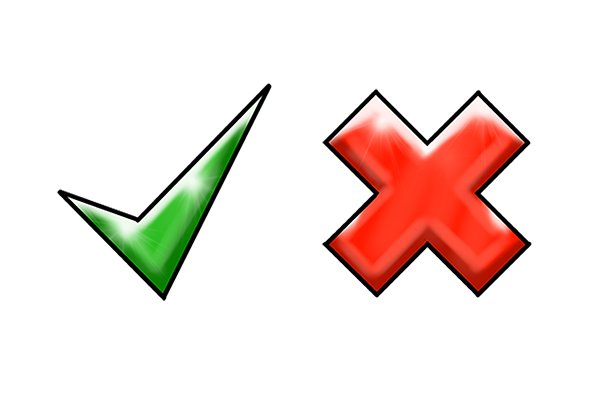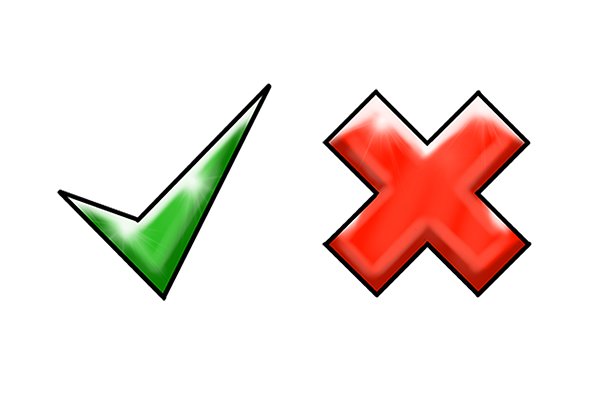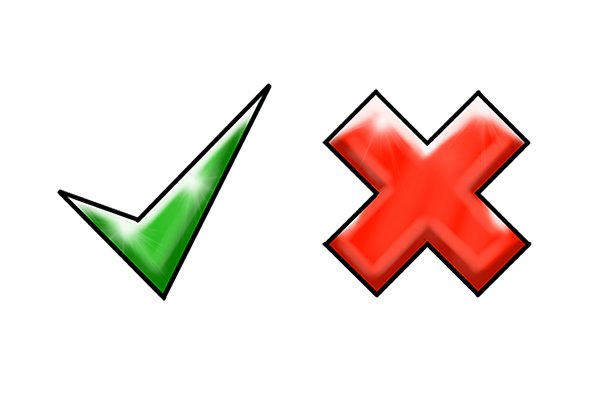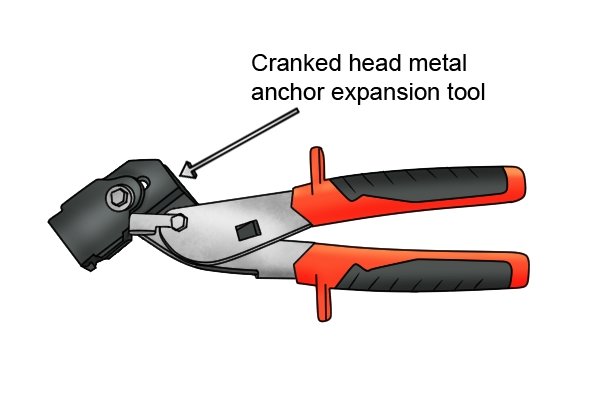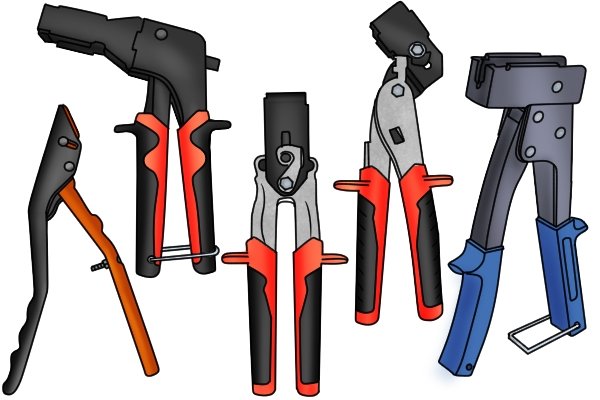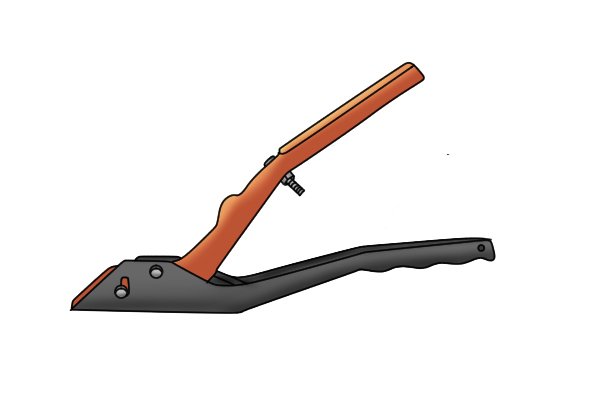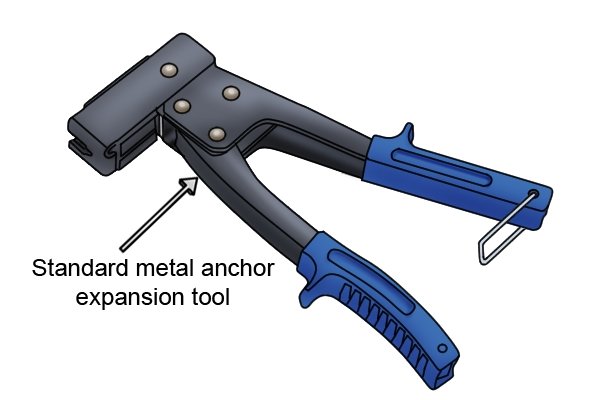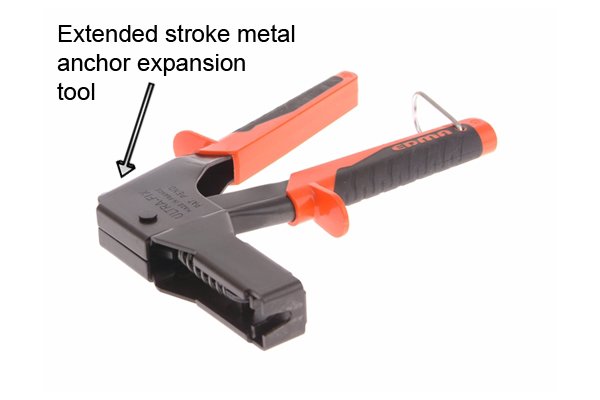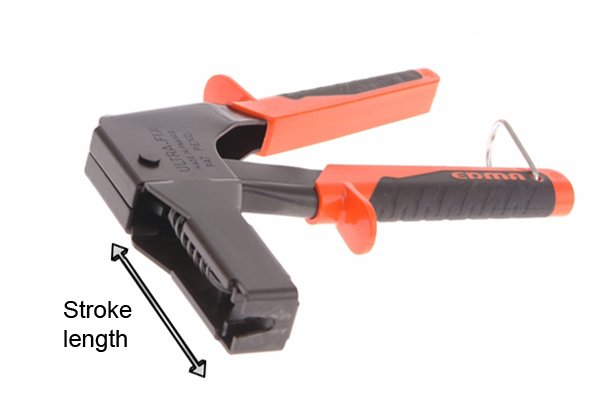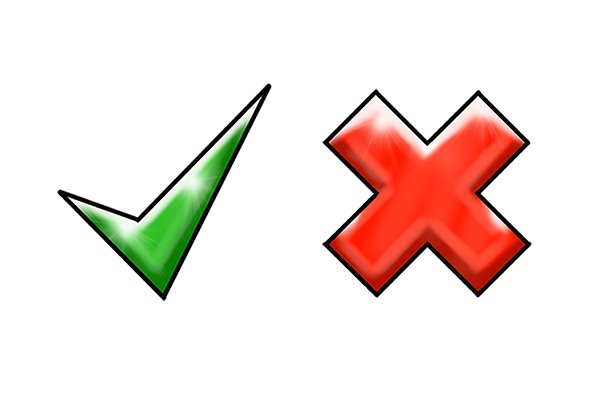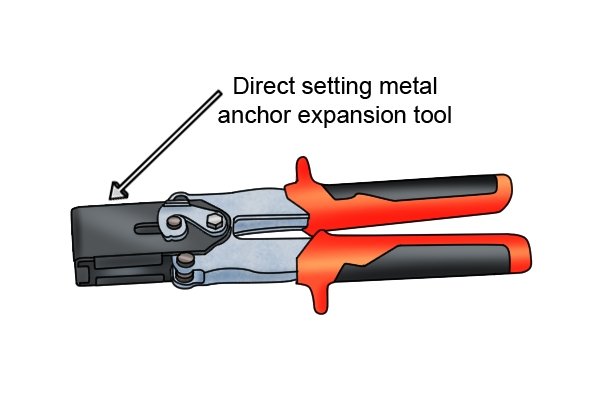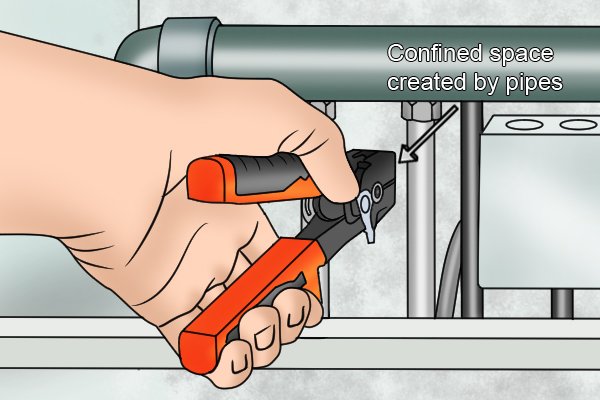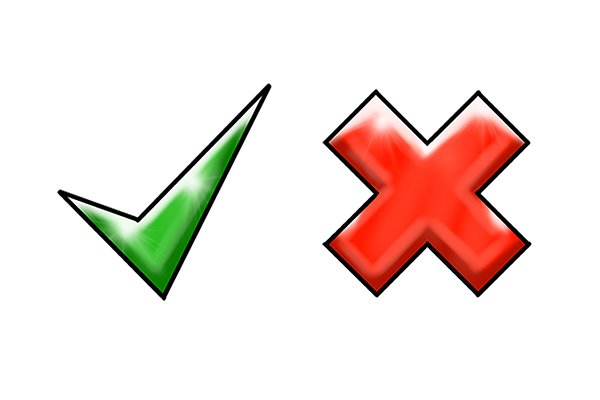|
|
|
Ideal for fitting hollow wall anchors in corners
- Can be used to fit the same sizes of hollow wall anchors as a standard ratcheting metal anchor expansion tool
|
|
|
- More expensive than a standard ratcheting metal anchor expansion tool
- Has no ratchet mechanism so not as well suited for use with larger hollow wall anchor sizes
- Not as widely available as other metal anchor expansion tools
- Longer than other metal anchor expansion tools so takes up more space in a toolbox and can be too long for some situations.
|
|
